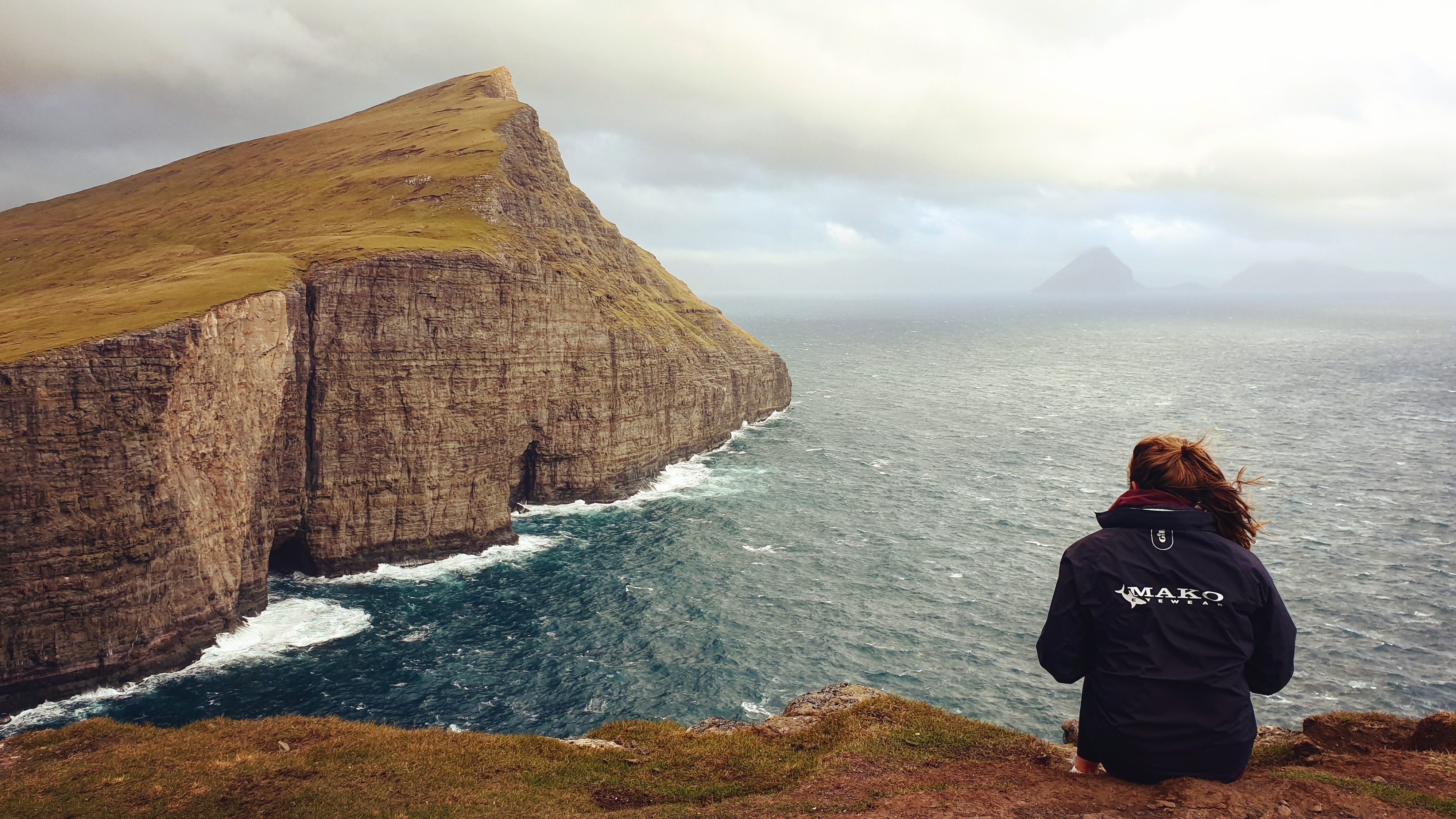I’ve been incredibly fortunate so far this year. I’ve seen so many parts of the world that have been nothing short of incredible. From the remote waters of Papua New Guinea to the highlands of Scotland, I’ve seen a diverse array of environments, both above and below the surface.
However, I’ve never seen anything like the Faroe Islands.
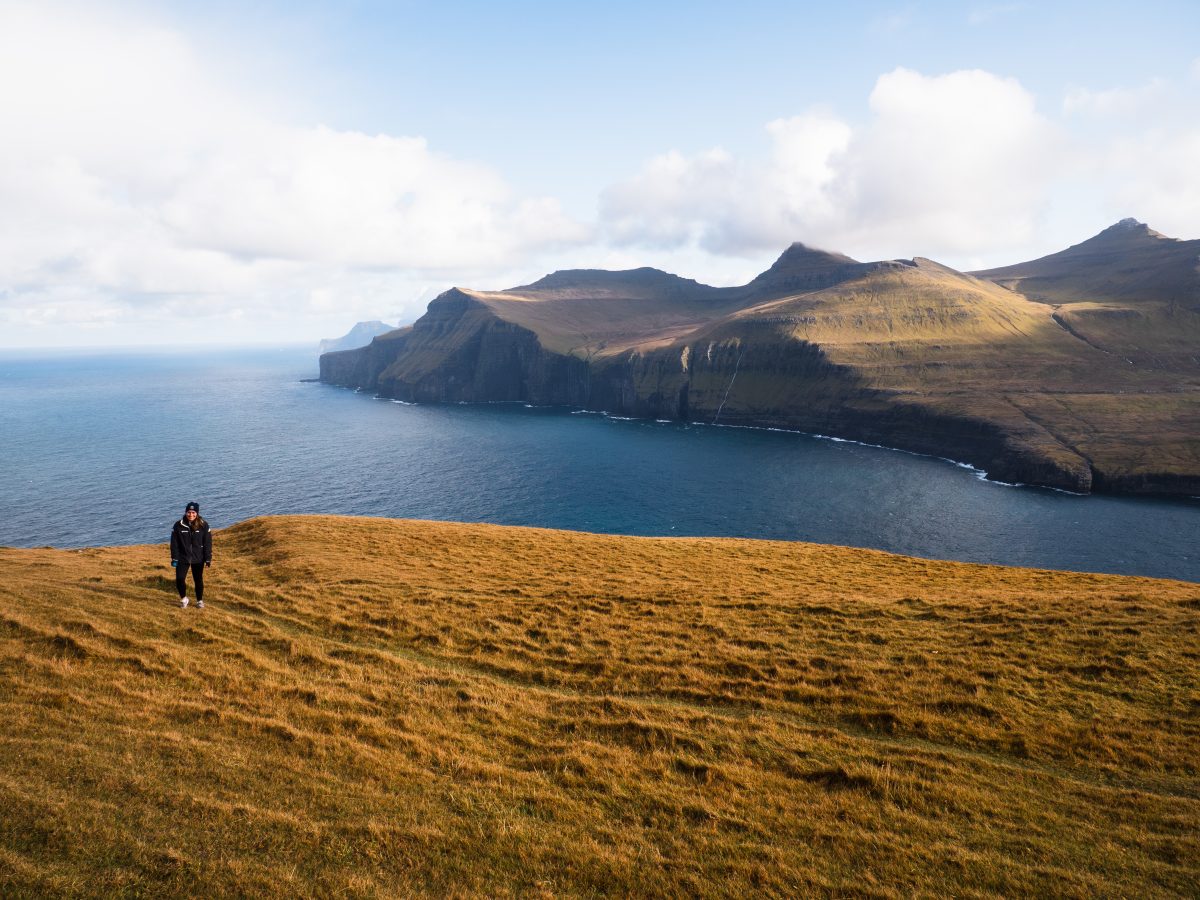
Photo: Lars Zwaanenburg
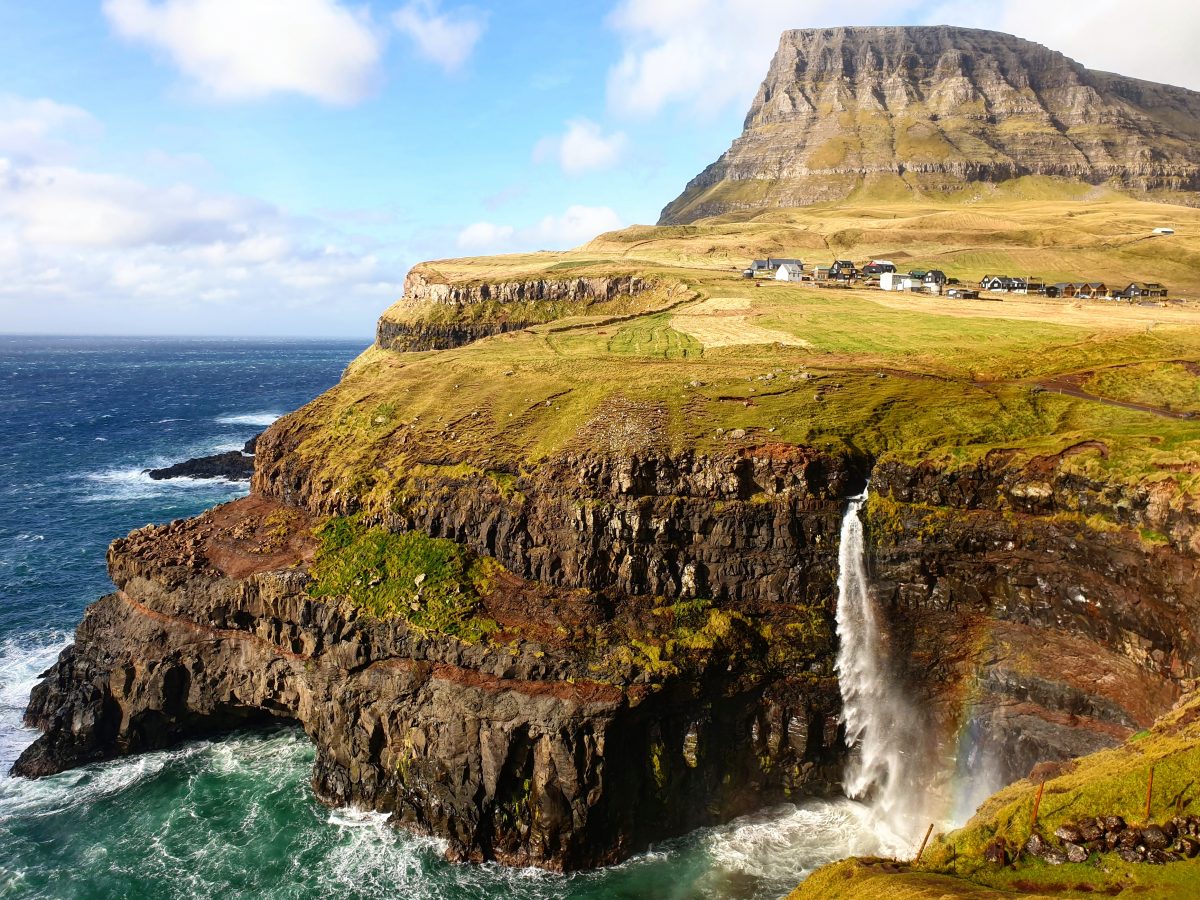
Photo: Joanna Smart
Located halfway between Norway and Iceland in the middle of the North Atlantic sea, this remote set of islands rise harshly out of the wild ocean like a dorsal fin. The terrain is rugged, steep and stark, with little in the way of trees or vegetation.
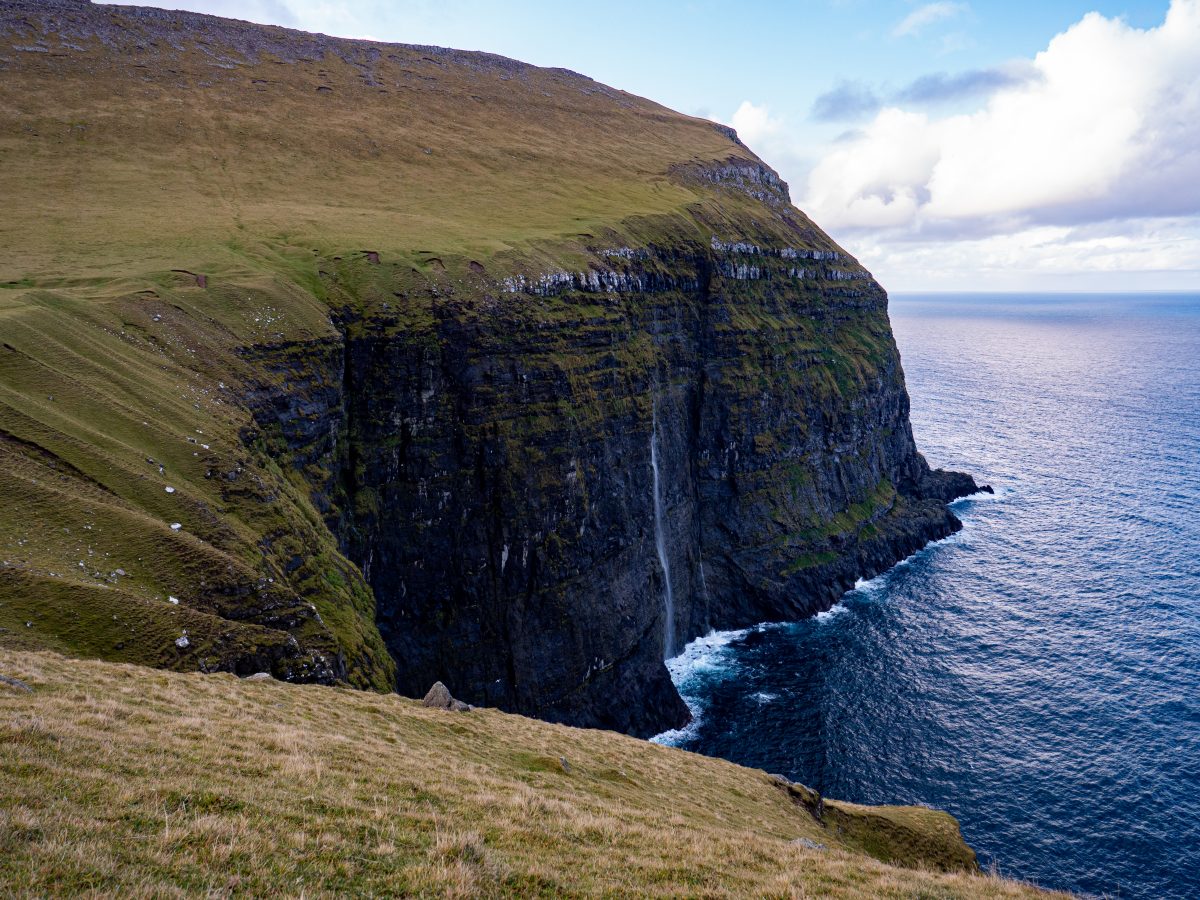
Photo: Joanna Smart
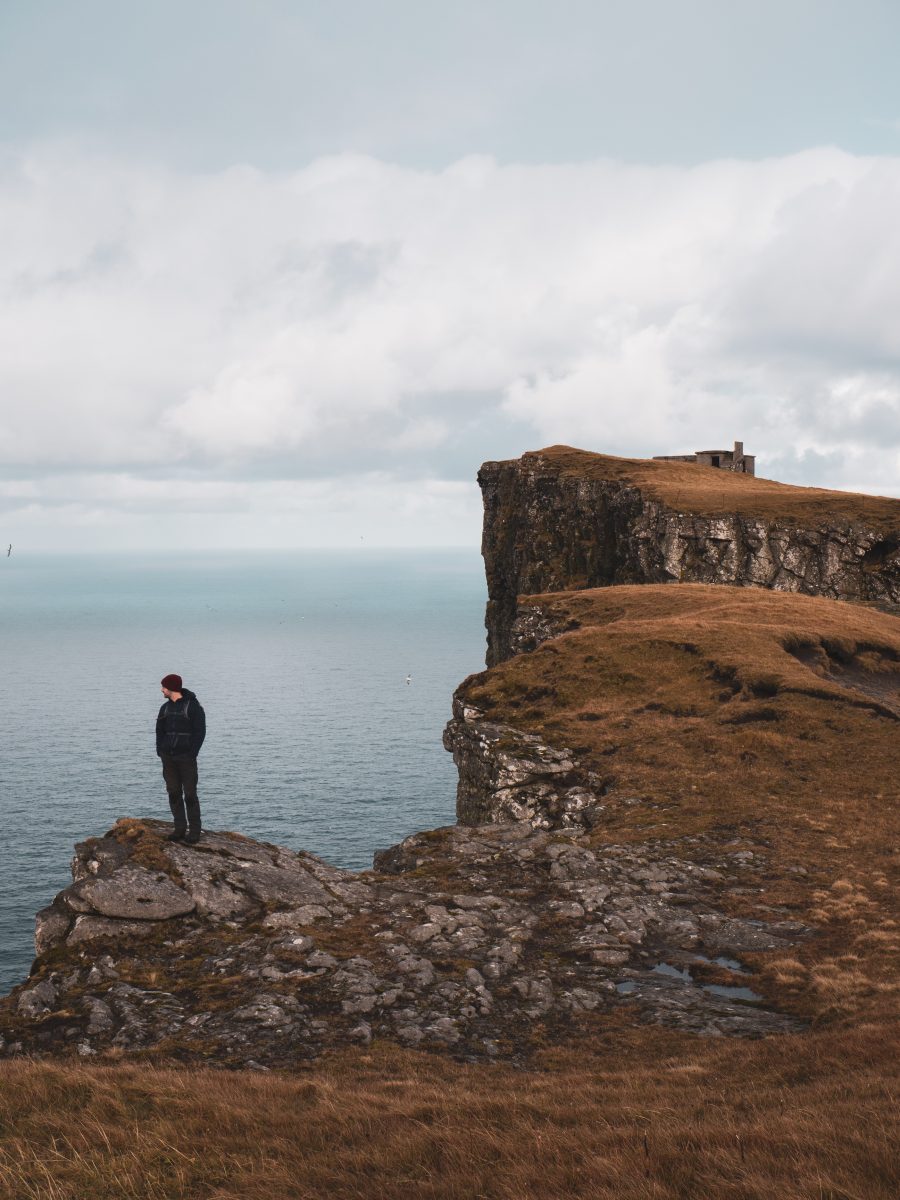
Photo: Joanna Smart
The climate is no less austere. Sub-polar and oceanic, the islands battle harsh winds, rain, large swells and snow year-round.
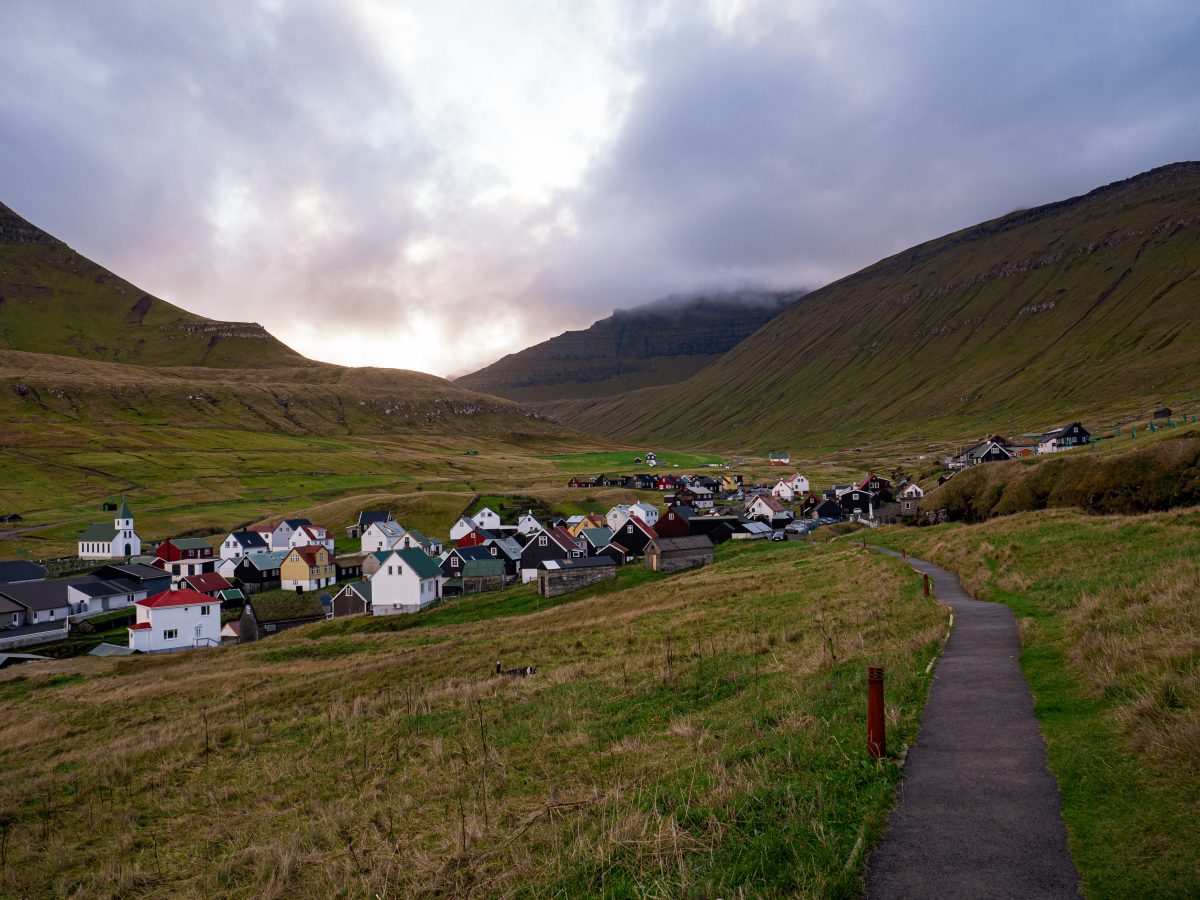
Photo: Joanna Smart
This gives the Faroese a particular toughness that comes with living in an inhospitable environment. Whether it be rounding up sheep by foot on steep cliffsides or fishing for cod in cold polar oceans, the Faroese appear to approach tasks with perseverance and grit we could probably learn from back in Australia.
It’s these traits and more that I found in the team at Ocean Rainforest.
Ocean Rainforest is a seaweed farm. But before I tell you more of their story, I must first digress and explain the importance of seaweeds…
Stay with me here, seaweeds are more interesting than you might think.
Seaweeds are underrated. Whilst we are busy devoting all our attention to seaweeds more glamorous counterpart, coral reefs, seaweed forests make up an incredibly important part of the ecosystem, face just as many threats and have an infinite number of human uses.
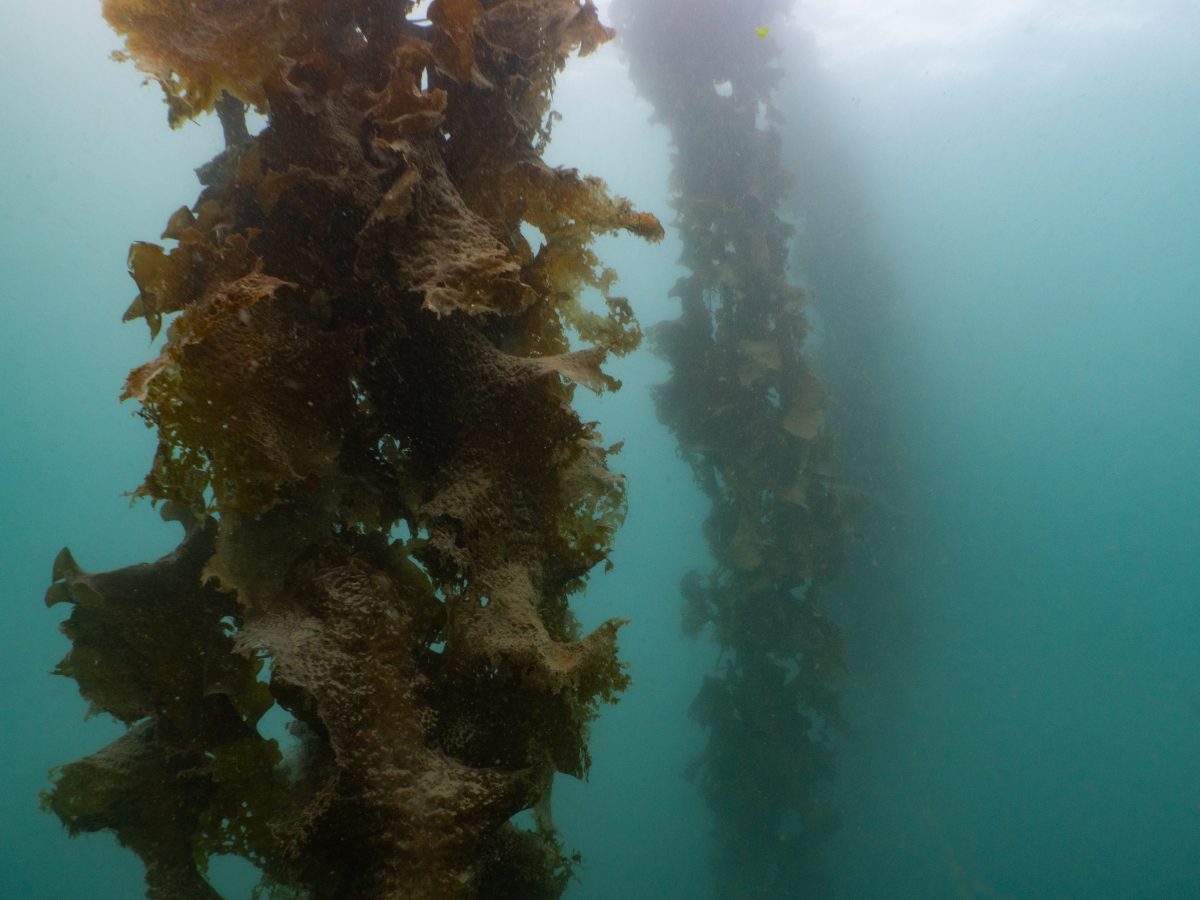
Photo: Joanna Smart
Seaweed forests cover about 25% of the world’s oceans and provide habitat for an endless number of species, many of which have commercial uses. Seaweed forests provide primary production, oxygenate the water column, store carbon, uptake nutrients and provide shelter for marine life.
In addition to this, they have several commercial uses. As a crop, seaweeds are one of the most valuable aquaculture species on earth. You’ll find seaweeds used in food (both directly and as an extract), in pharmaceuticals, as fertiliser and biofuels. The list of uses for seaweeds is endless. Chances are a good percentage of products in your pantry and medicine cabinet contain seaweed in one form or another.
I might be a bit biased. I grew up with seaweed, I learnt to dive in seaweed and my honours research was on seaweeds, but this doesn’t make them any less important. As part of my scholarship, I wanted to learn more about seaweeds and their role in commercial and environmental applications.
So, this drew me to Ocean Rainforest.
Ocean Rainforest is a company specialising in the cultivation and processing of seaweeds. They grow kelp on a commercial scale in the pristine fjords of the Faroe Islands and process it themselves.
The company was founded by Olavur Gregersen, a local Faroese with a diverse background in wool farming, economics and consulting.
Olavur founded Ocean Rainforest in 2012 with little knowledge of seaweeds, or how to farm them. After many cases of trial and error, setbacks, technology developments, and successes. Olavur’s perseverance has grown the company into a successful commercial operation.
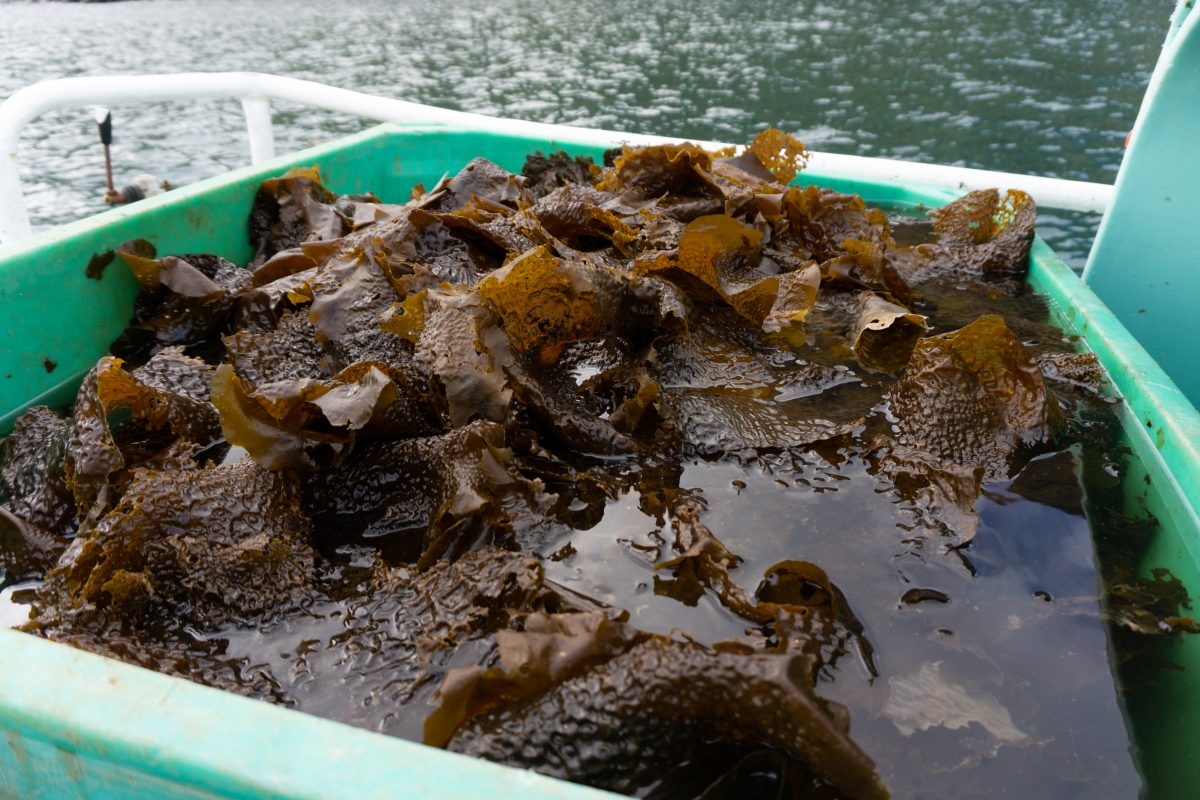
Photo: Joanna Smart
Ocean Rainforest’s focus on research and innovation has enabled them to develop world-class cultivation methods, making them a pioneer in the seaweed industry.
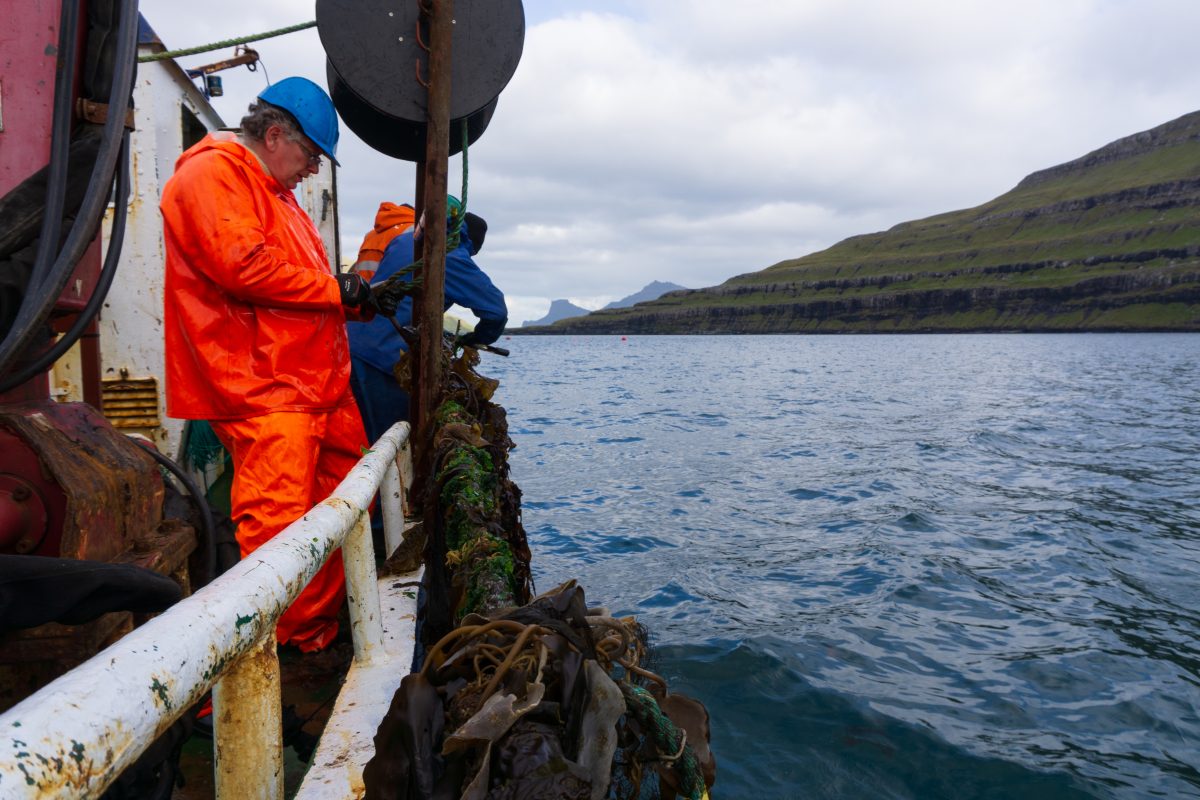
Photo: Joanna Smart
The company works with other experts in the field to improve their cultivation and processing methods. Some of their current projects involve the development of new harvesting methodologies and the development of offshore seaweed farming.
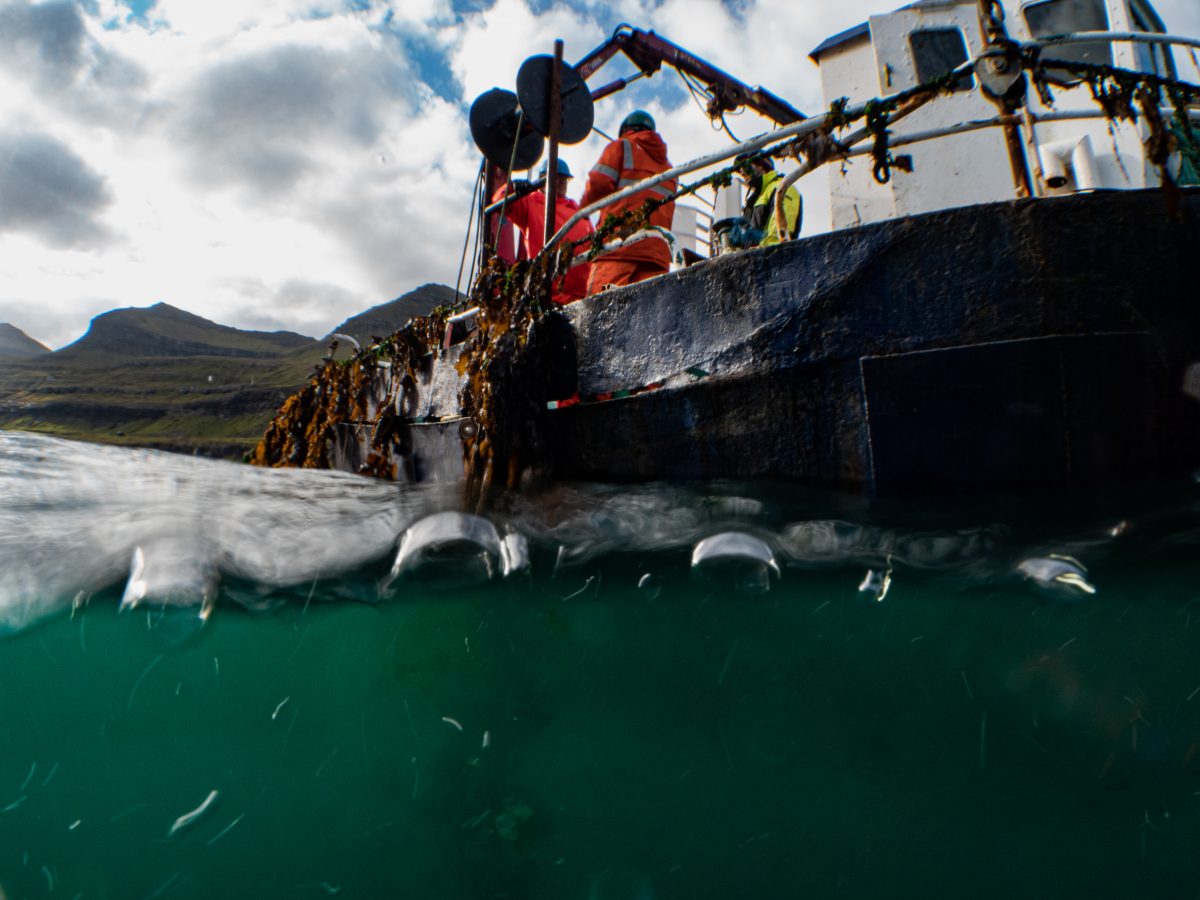
Photo: Joanna Smart
During my time at Ocean Rainforest, I received a crash course in seaweed farming. I was able to learn about the process from start to finish. I learnt how the seaweed ‘babies’ are looked after, how the lines are seeded, how the seaweeds are harvested and how the different products are processed.
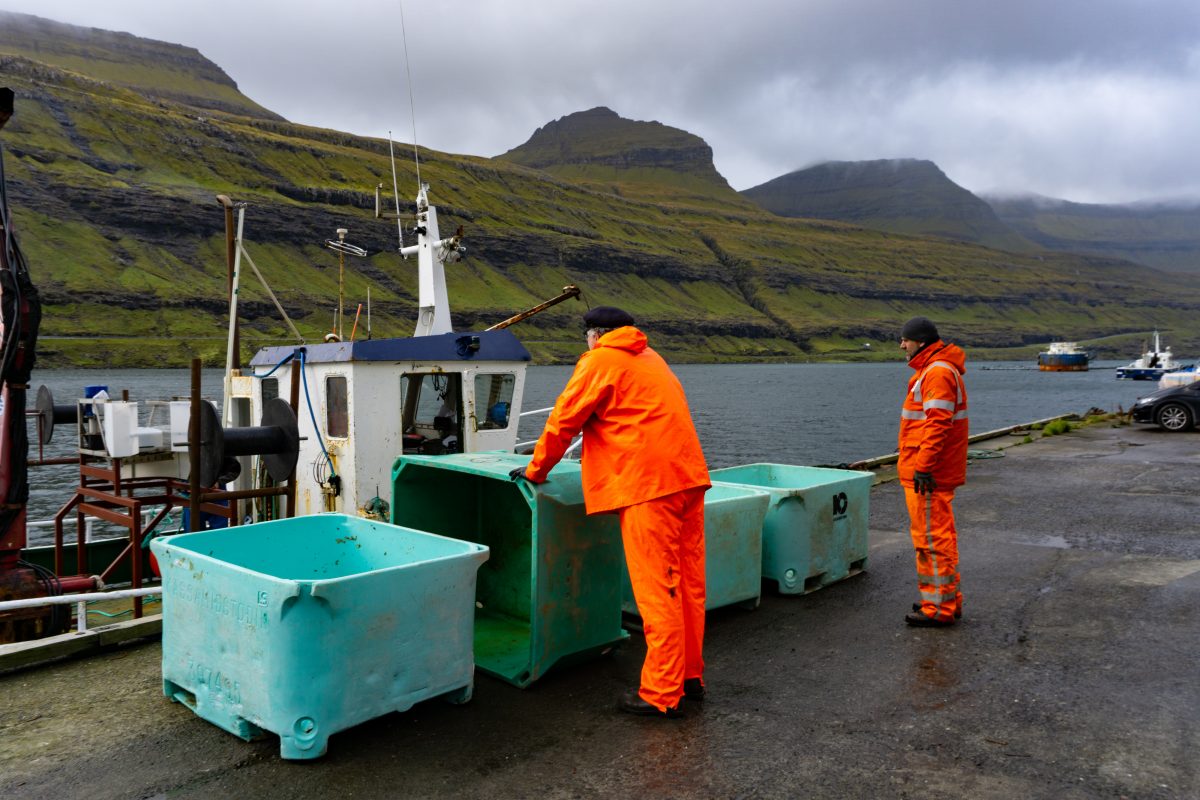
Photo: Joanna Smart
I was also able to dive on the seaweed farm and see seaweed cultivation in action! Whilst I was diving, I filmed the harvest process from underwater and filmed the condition of the lines. The team hadn’t had a diver in the water filming before and I was able to provide valuable footage of the deeper sections of the lines (thanks Waterproof, Tusa, Reef Photo and Video, Light and Motion Dive and Paralenz for making this possible!).
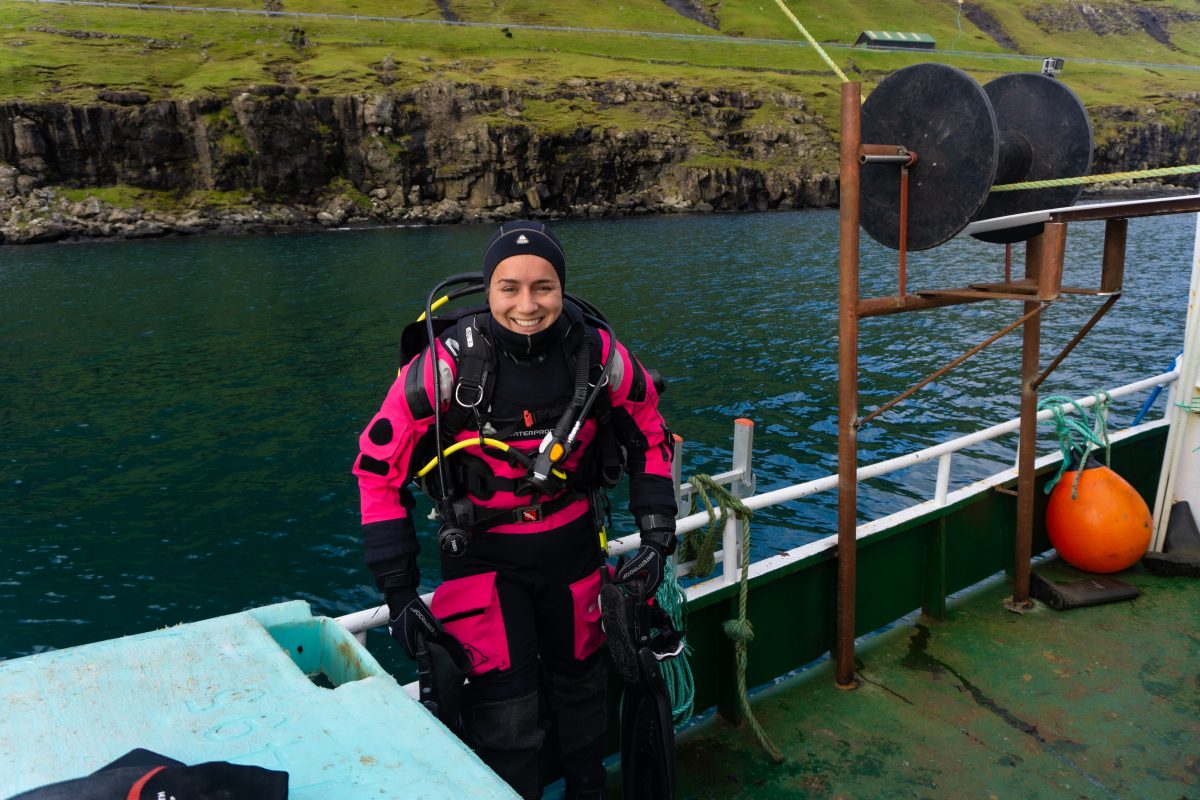
Photo: Olavur Gregersen
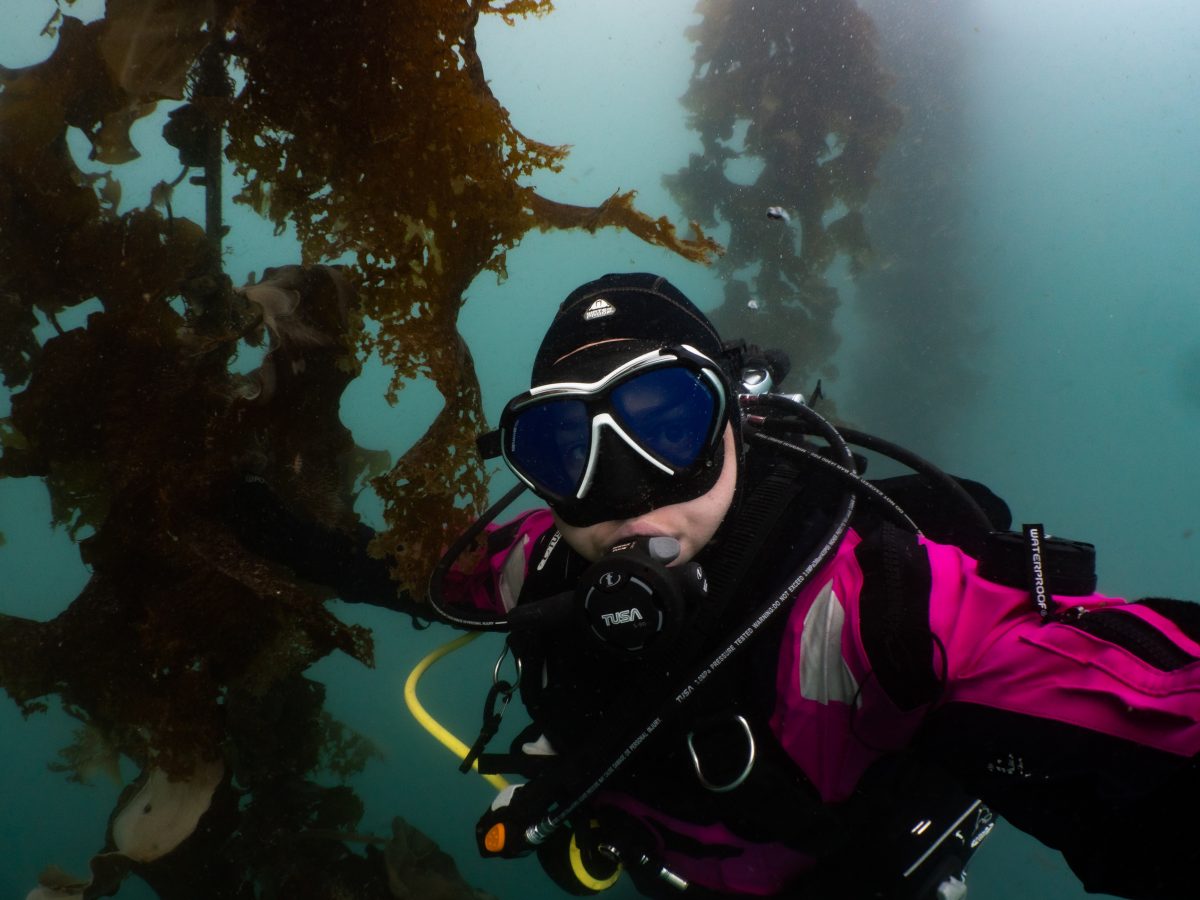
Photo: Joanna Smart
One of the great aspects of working with Ocean Rainforest was to see innovation in action. The team were constantly reviewing, refining and developing their methods across all sections of the business to make the farming process more efficient.
I was able to see a newly developed harvesting machine in action, which can process a whole line in less than 30 seconds!
We also experimented with ensiling the seaweeds. Ensiling is a process similar to fermenting and can increase the shelf life of seaweeds. However, ensiling seaweeds is still a relatively new concept. We learnt very quickly that when it comes to innovation, patience and a strong stomach is necessary.
After grinding the fresh seaweeds and mixing with lactic acid bacteria, we left the seaweeds over the weekend to ferment.
Below is a picture of the results come Monday morning.
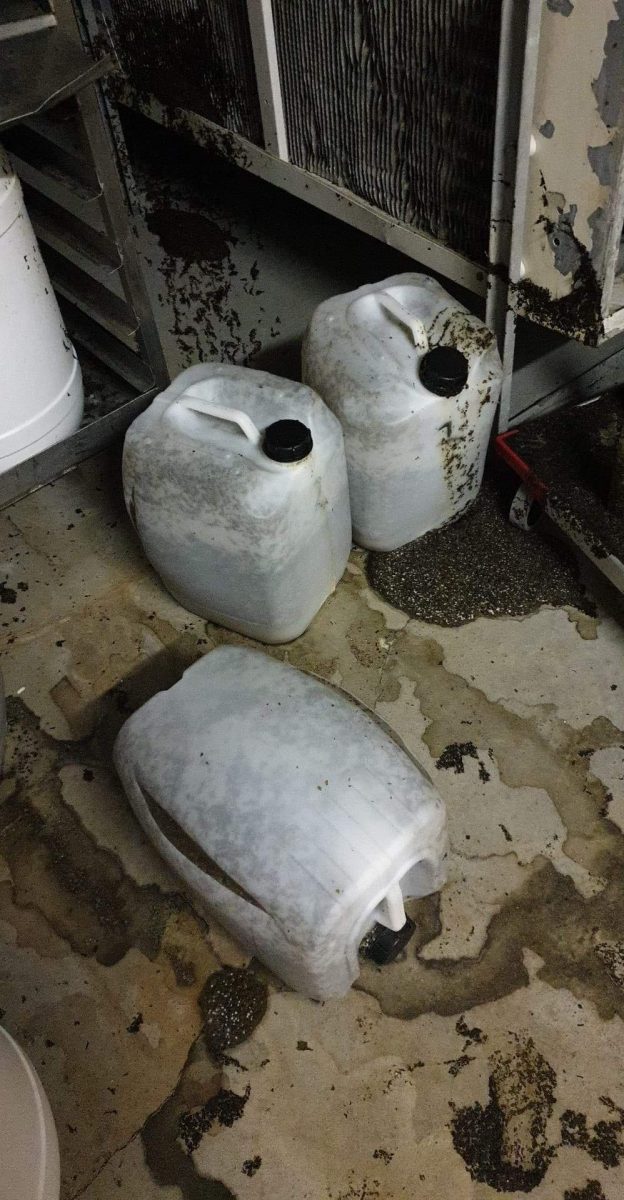
Photo: Joanna Smart
The resultant mess required an iron stomach to clean thanks to the warm, slightly rotten and aged seaweed scent. It was back to the drawing board, but I learnt that progress stems from failure and we then worked on developing less explosive ways to ensile the seaweeds.
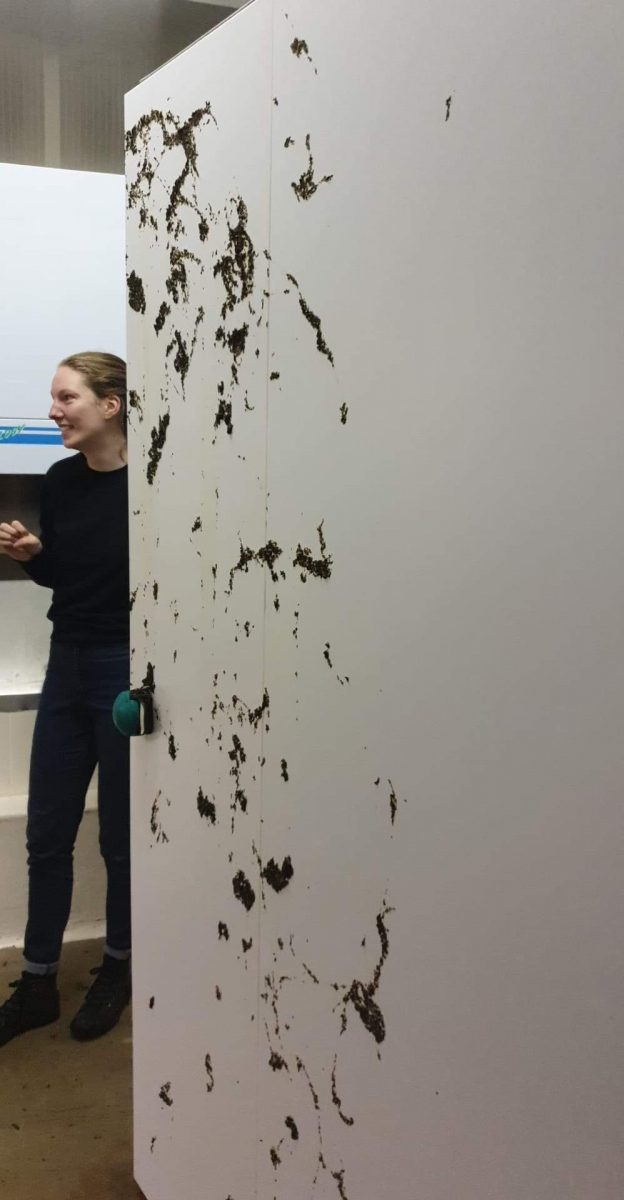
Photo: Joanna Smart
The team at Ocean Rainforest showed me what is possible for sustainable businesses working in the marine space. Their hard work and dedication stem from a passion to give back and contribute to the preservation of the Faroese environment. My time in the Faroe Islands gave me hope that with the right people and the persistent development of new ideas, a sustainable future ocean is possible.
I would like to thank Olavur and the Ocean Rainforest team for having me. I learnt so much during my time in the Faroes, it really was like a crash course in seaweed farming 101. I also cannot thank Ásvør and Silja enough for hosting me during my time in the Faroes. They both went above and beyond to make sure I was looked after.
Thank you to Rolex and OWUSS for making this experience possible. This scholarship is proving to be more amazing than I ever could have imagined.
